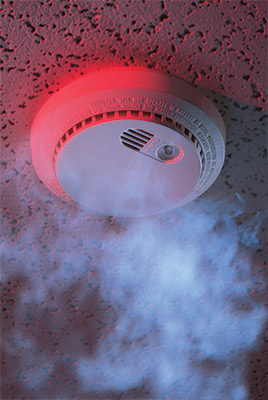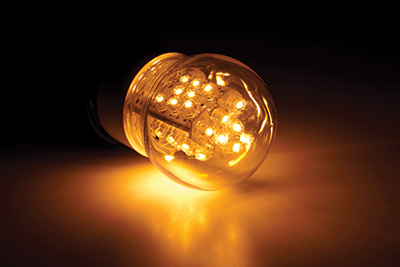My article, “Vending Machines,” in the January-February 2014 issue, may have left the false impression that an electrical shock hazard could not possibly happen at a soft drink cabinet just because it does not meet the definition of a vending machine. A proposal was brought forward to code-making panel 17 which resulted in a change for 422.51. New for the 2014NEC is a requirement at 422.51(B) for GFCI protection for other than cord- and plug-connected vending machines. The substantiation noted that “TheNational Electric Code along with the Consumer Product Safety Commission has already recognized the shock potential of vending machines by adding the GFCI-protection requirement to cord- and plug-connected vending machines. The NEC has not addressed the safety hazard present for direct wired vending machines” (prior to the 2014 NEC).
One might ask what the difference is between the two machines pictured. Does the fact that one cannot put money in the soft drink cabinet (far left) make it electrically safer than the clearly defined vending machine (left)? Both are visited by the public and are touched during the act of getting a drink; but one has been substantiated to need GFCI protection, while the other does not require the same protection simply because it does not meet the definition of vending machine.
A vending machine is “any self-service device that dispenses products or merchandise without the necessity of replenishing the device between each vending operation and is designed to require insertion of coin, paper currency, token, card, key, or receipt of payment by other means.” (2011NEC).
This brings up the argument that is made for laundry locations from time to time. Why does the 120-volt receptacle for the washing machine require GFCI protection and the 240-volt receptacle for the dryer not require the same protection? Both machines are relatively the same size and are made of the same material. What is the difference between them? The 120-volt, 15- or 20-ampere receptacles in laundry areas have been substantiated unsafe without GFCI protection. Perhaps, additional action or substantiation needs to be taken for items that could present an electrical shock hazard to the public. In the words of the only people who cannot submit public input or a proposal (NFPA staff), “I anxiously await your proposal!”














Find Us on Socials